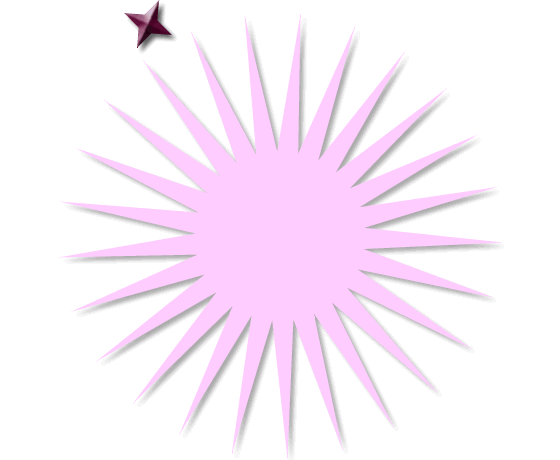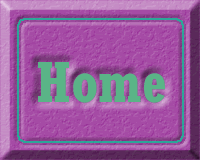

Daily Skills Development
THURSDAY 23/9
After we were given an overview of what to expect throughout the 7day Macromedia intensive, we moved onto our first subject:- Fireworks2, which is esentially a tool for image manipulation, animation and java rollovers.
On the Thursday afternoon we covered the following:-
- Introduction to fireworks tool palette
- making selections and using image editing tools
- vector and bitmap/pixel based graphics
- editing vector images
- drawing in object mode
- basic understanding of web banner concepts
- creating a web banner(with the title "Experiments with Web Elements")
- selecting, importing, resizing and soft edges
- overlay
- using text and customisable text
- compositing and blending several images together
- how to group objects and change the order of them
- using a digital camera and opening and modifying the saved images.
FRIDAY 24/9
Today in Fireworks we worked through and created the following:-
- searching the web for design elements-examples of good and bad sites
- demonstration sites
- animated Gifs
- layers and frames
- how to create an animated gif
- frame-by-frame animation
- onion skinning
- symbols and instances
- tweening-used to fade and an image in this case
- changing playback settings
- exporting to size wizard
- bevelling and using textures(gives the image a slightly 3D appearance)
- web objects and the web layer
- creating, saving and running an animated sequence
- image maps
- creating HTML files and rollover graphics
- slicing an image for faster loading
MONDAY 27/9
Today we started learning how to use Flash4, which is mostly used for 2D animation, but is also very effective for making rollover buttons. The following are the things we covered on flash today:-
- setting up a new flash movie
- basic flash drawing tool palette
- drawing characters and background
- select, reposition and group elements
- animation basics such as frames, tweening and onion skinning and flash timelines and scenes(key-frames etc)
TUESDAY 28/9
We continued on with Flash today:-
- Sound-inserting sound in the timeline
- advanced drawing techniques
- custom colour gradient fills and creating your own gradients
- actions and buttons to control your animation(stop and start) and looping an animation
- image library and global changes to images using the library.
- rollover buttons, inserted into the movie to control it
- putting it all together and testing the movie
WEDNESDAY 29/9
Today we moved onto learning the basics of Dreamweaver2, which is a program that helps you to create a website.
Building a website
- dreamweaver interface, palettes and property inspector
- creating a new document and adding/importing text
- paragraph and break tags, basic formatting
- ordered and unordered lists
- defining colours
- templates and library items
- adding and postioning images
- linking to another page, to another site, or to something further down on the same page(the latter uses anchors)
- setting up email hyperlinks
- image maps
THURSDAY 30/9
Today we concentrated on Dreamweaver and it's features for creating a table and a template in which to insert images. A template is a basic page model which is divided up into sections that images and text are inserted into. If your web site has five pages and the layout is the same, or very similar on each page, then you would create a template, which saves you the job of creating each page individually. We created our feedback forms using radio buttons, text boxes and various other form creatibf features. We also touched on how Fireworks, Flash and Dreamweaver work together. In the afternoon we had self directed time, which was spent finishing off the different pieces to go on our personal sites, and we started to put together our sites in Dreamweaver.
FRIDAY 01/10
Today, which is the last day of the course, will be spent finishing putting together our web pages, which will then be presented and assessed. All in all, we have learnt a great deal about the three programs covered over the past 7 days, skills which will be very usefull when creating web sites and individual web page graphics and animations in the future.
 |